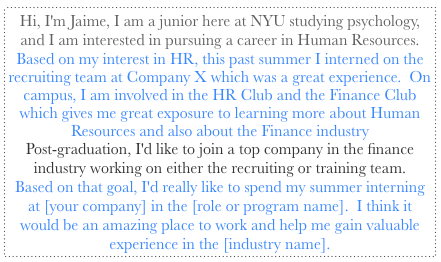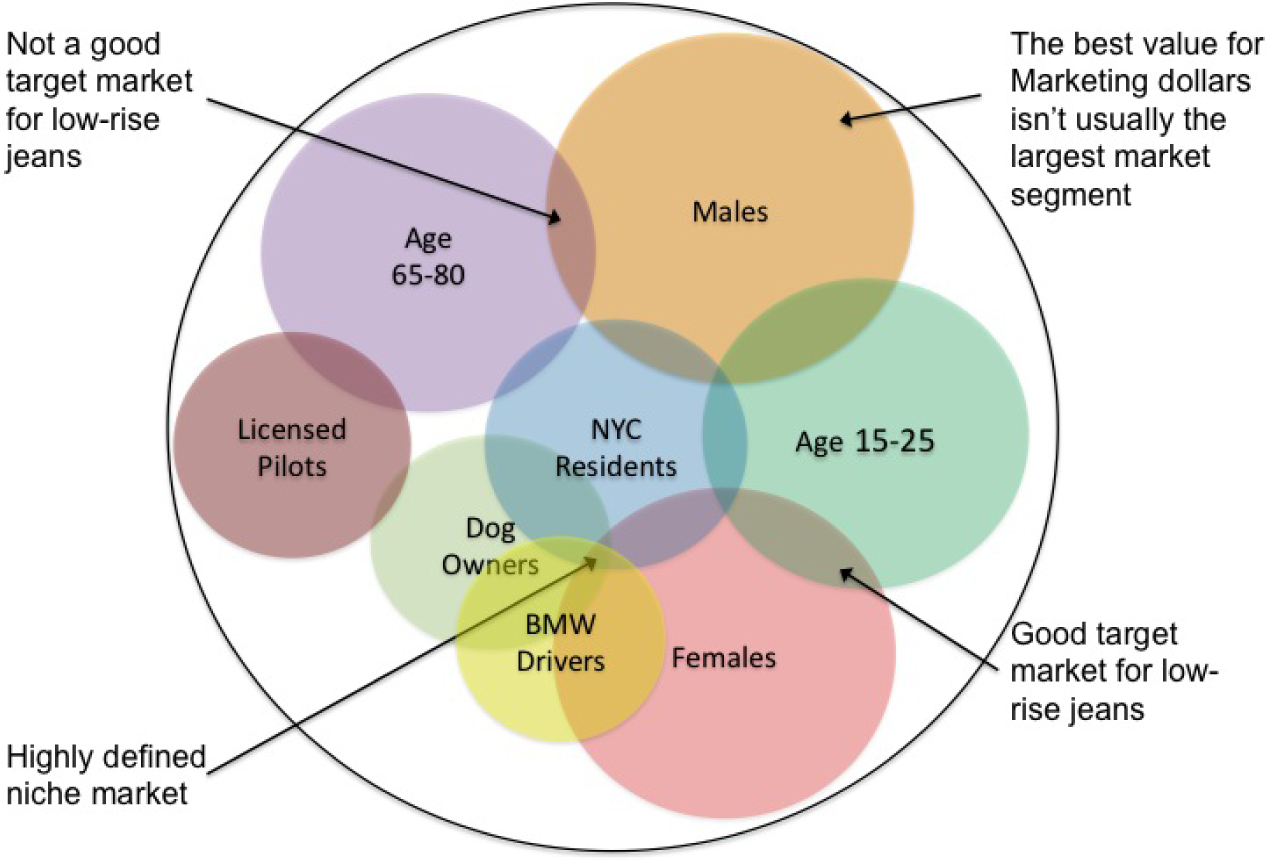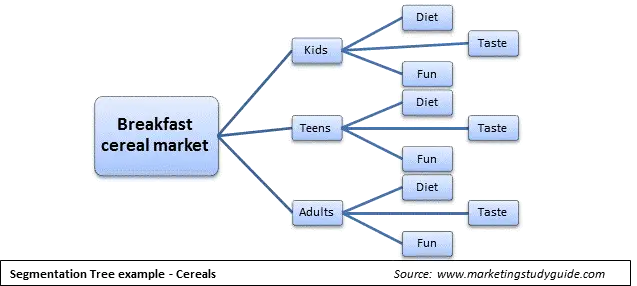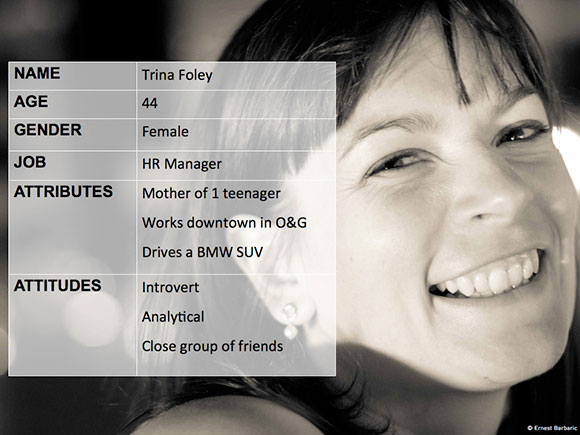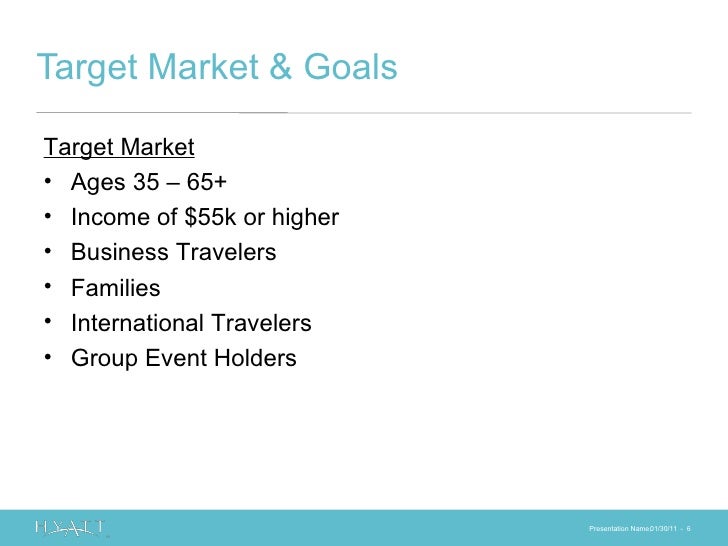Visit a store, interview manger, researching marketing materials used during this holiday season.
Take pictures of marketing, I.e signs, windows, etc.
Place on One board 16x20
Explain marketing and target consumer in two page paper with 3 references.
Due last day of class.
10 points will be added to FINAL grade. ALL requirements must be fulfilled to receive credit.
Please touch base with me for any questions.
Tuesday, November 29, 2016
Friday, November 25, 2016
Tuesday, November 22, 2016
Marketing Plan/Logo
Here is where we bring it all together. Answer each of the questions in the following grid to create a Marketing Plan and Logo for your FASHION BRAND - based on the inspiration board and what we have learned in class.
“THEME”
| |
Category
|
Strategy
|
Target Market
- My ideal customer is:
| |
Positioning Statement
- My reason for existence
| |
Offering to customers
- What sets my business apart from the rest:
- What’s most important to my ideal customer when they are buying what I’m selling:
- What will trigger my ideal customer to think of me:
| |
Price Strategy
- What is my price point?
| |
Distribution
- Where will I sell my products?
| |
Sales Strategy
| |
Service Strategy
- Will I offer services with my products?
- What are the expectations of my employees?
| |
Promotion Strategy
- How will people find me?
- How will I let people know about me?
| |
Marketing Research
- How will I conduct research for my product?
- Create Likert Scale for current and future lines.
| |
Any other component of your marketing plan
|
WEBSITE TO CREATE LOGO
1001 FONTS
You can click on the above link to assist with logo design, you are not limited to using this site only.
You can click on the above link to assist with logo design, you are not limited to using this site only.
MOOD BOARD - FOR FINAL PROJECT
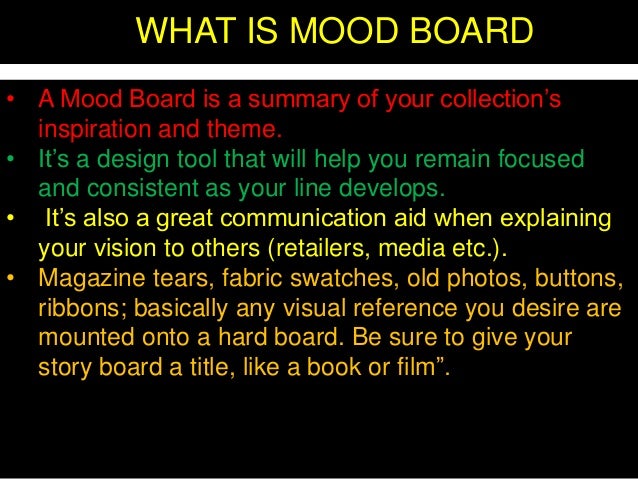
FASHION CONCEPT MOOD BOARD
The presentation must be strongly themed, capturing the mood in a nut shell and should always be accompanied by a title. This can be determined by the fabrics: Natural Linens, the season: Summer Blues, or the merchandise: Metamorphosis…
Cut out pictures that inspired you. Use anything you can find from magazines, your pc or mac, tissue paper, feathers, foil, string, fabric etc., books (not just fashion), your own photographs and collect fabric and paint swatches. But DONT go overboard, this can look messy.

Get ready for some preppy southern charm…today is the official launch day for Lattice and Ivy and I am so excited to finally share this project with you guys. I hopped on board with their team in early summer and am so pumped to have been a part of creating this colorful new brand. Lattice and Ivy is a new company targeted towards the fashionable female entrepreneur and pays top commissions on personalized, stylish, fun products you love. I worked with the Lattice and Ivy creative team to design a clean, modern, colorful logo that embodied their trendy products and overall essence of their brand. The logo element that we created using a subtle combination of the “l” and the ‘i” made for a lovely pattern…so much so that they decided to use it on some of their product line {see the awesome monogramed coaster image below}! We kicked off this project by developing a Pinterest inspiration board and it all snowballed from there. Below is a little recap the process and how it all came together. Be sure to check them out!

FINAL PROJECT - DUE DECEMBER 8, 2016
THIS FINAL PROJECT IS BROKEN INTO TWO PARTS. DUE DECEMBER 8, 2016.
- INSPIRATION/MOOD BOARD (Board #1)
- MARKETING PLAN/LOGO (Board #2)
Boards are to be no larger than 16"x20," we will be working on the boards in class, starting 11/29/2016
You can include samples of the designed good or service you will provide, including:
- Sample Designs
- Fabric Swatches
Logo must be on BOTH boards
Please touch base with me if there are any additional questions.
You will be graded on neatness, in class work, & marketing plan.
Be prepared to have each board critiqued during the final classes.
- INSPIRATION/MOOD BOARD (Board #1)
- MARKETING PLAN/LOGO (Board #2)
Boards are to be no larger than 16"x20," we will be working on the boards in class, starting 11/29/2016
You can include samples of the designed good or service you will provide, including:
- Sample Designs
- Fabric Swatches
Logo must be on BOTH boards
Please touch base with me if there are any additional questions.
You will be graded on neatness, in class work, & marketing plan.
Be prepared to have each board critiqued during the final classes.
Thursday, November 10, 2016
CHAPTER 11 PREZI
Do not forget to read chapter 10 to prep for final and ask any questions BEFORE the final approaches
Below is the link for chapter 11
CHAPTER 11
Below is the link for chapter 11
CHAPTER 11
Thursday, November 3, 2016
Tuesday, November 1, 2016
WATCH THIS!!!!
DEFINE YOUR TARGET MARKET AND BOMBARD THEM WITH WHY!!!!
HOW GREAT LEADERS INSPIRE ACTION - THE WHY OF THE BUY
AS A LEADER IN THE FASHION INDUSTRY - YOU MUST DEFINE FOR YOUR CUSTOMER WITHOUT A SHADOW OF A DOUBT WHY IT IS IMPORTANT FOR THEM TO PURCHASE YOUR DESIGNS, HAVE YOU STYLE THEM, BE THEIR VISUAL MERCHANDISER, ETC!
STAY ENCOURAGED!
AS A LEADER IN THE FASHION INDUSTRY - YOU MUST DEFINE FOR YOUR CUSTOMER WITHOUT A SHADOW OF A DOUBT WHY IT IS IMPORTANT FOR THEM TO PURCHASE YOUR DESIGNS, HAVE YOU STYLE THEM, BE THEIR VISUAL MERCHANDISER, ETC!
STAY ENCOURAGED!
FASHION CONSUMER MARKETING STRATEGY
Select a product appealing to the 55-65 year old age group. Based on the attitudes of today's mature consumers., devise a marketing strategy that would be likely to get their attention, and explain its appeal.
Pg 174 - Activity #4
Create a 10 minute presentation 10 - 15 slides for a presentation due 11/15/2016
Presentations will take place for that entire week.
I am excited to see what you come up with.

Pg 174 - Activity #4
Create a 10 minute presentation 10 - 15 slides for a presentation due 11/15/2016
Presentations will take place for that entire week.
I am excited to see what you come up with.

Tuesday, October 18, 2016
PREZI'S - STUDY FOR MID TERM
Click on the below links to assist in your study for the upcoming mid term.
CHAPTER 3 & 4 PREZI
CHAPTERS 5 & 6 PREZI
CHAPTER 3 & 4 PREZI
CHAPTERS 5 & 6 PREZI
Thursday, September 29, 2016
SELF CONCEPT THEORY ASSIGNMENT
THIS ASSIGNMENT IS TO HELP REVEAL HOW YOUR PERSONAL INTERESTS CONTRAST WITH OTHERS IN THE MARKET
- YOU WILL UNDERSTAND WHY AND HOW OTHER MARKETERS CONVEY INFORMATION TO DIFFERENT TARGET MARKETS
- YOU WILL BE ABLE TO DEFINE ALL ELEMENTS OF MARKETING DOWN TO THE COLOR OF THE STORE WALLS AND FRIENDLINESS OF THE STAFF
CHAPTER 6 PAGE 148
1. CREATE A THESIS STATEMENT
2. WRITE 3 - 5 PAGES BASED ON SELF-CONCEPT THEORY (SPECIFICS ARE WRITTEN BELOW)
3. 5 REFERENCES ARE REQUIRED (NO EXCEPTIONS)
4. USE TABLES, VISUAL AIDS, ETC IN YOUR PAPER TO GET IDEAS ACROSS - MAKE SURE YOU EXPLAIN THEM THOROUGHLY!
5. USE "ACTION" WORDS AND KEY TERMS FROM CHAPTERS 1 - 6 - WE WILL DISCUSS THIS IN CLASS
VISIT A FASHION RETAIL STORE WHERE YOU ARE COMFORTABLE SHOPPING AND APPEALS TO YOUR SELF CONCEPT. NOTE THE STORE LAY OUT AND DISPLAYS, THE MERCHANDISE, AND THE SALES PEOPLE. DETERMINE HOW EACH OF THESE ELEMENTS ENHANCE YOUR SELF CONCEPT. THEN VISIT A STORE WHERE YOU ARE NOT NECESSARILY COMFORTABLE SHOPPING AND DOES NOT HARMONIZE WITH YOUR SELF-CONCEPT. DESCRIBE THE DISPLAYS, MERCHANDISE, AND SALES FORCE, AND CONTRAST YOUR FINDINGS FROM THE SECOND STORE WITH THOSE OF THE FIRST.
WHICH STORE ELEMENT HAS THE GREATEST INFLUENCE, POSITIVE OR NEGATIVE, ON YOUR SELF-CONCEPT? WHY?
SEE BELOW IMAGES TO ASSIST YOU IN THIS PROCESS
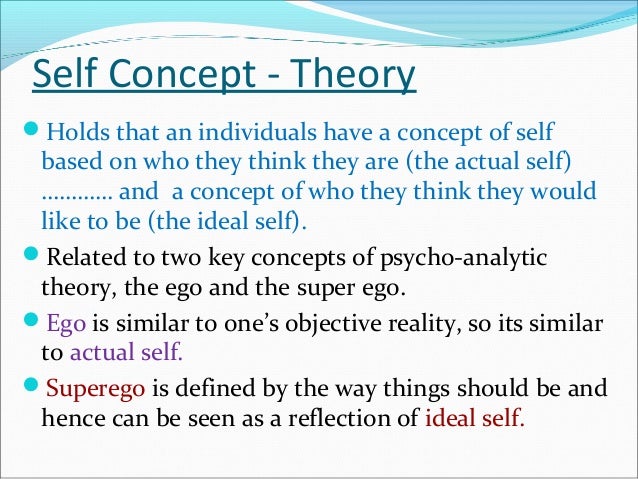

- YOU WILL UNDERSTAND WHY AND HOW OTHER MARKETERS CONVEY INFORMATION TO DIFFERENT TARGET MARKETS
- YOU WILL BE ABLE TO DEFINE ALL ELEMENTS OF MARKETING DOWN TO THE COLOR OF THE STORE WALLS AND FRIENDLINESS OF THE STAFF
CHAPTER 6 PAGE 148
1. CREATE A THESIS STATEMENT
2. WRITE 3 - 5 PAGES BASED ON SELF-CONCEPT THEORY (SPECIFICS ARE WRITTEN BELOW)
3. 5 REFERENCES ARE REQUIRED (NO EXCEPTIONS)
4. USE TABLES, VISUAL AIDS, ETC IN YOUR PAPER TO GET IDEAS ACROSS - MAKE SURE YOU EXPLAIN THEM THOROUGHLY!
5. USE "ACTION" WORDS AND KEY TERMS FROM CHAPTERS 1 - 6 - WE WILL DISCUSS THIS IN CLASS
VISIT A FASHION RETAIL STORE WHERE YOU ARE COMFORTABLE SHOPPING AND APPEALS TO YOUR SELF CONCEPT. NOTE THE STORE LAY OUT AND DISPLAYS, THE MERCHANDISE, AND THE SALES PEOPLE. DETERMINE HOW EACH OF THESE ELEMENTS ENHANCE YOUR SELF CONCEPT. THEN VISIT A STORE WHERE YOU ARE NOT NECESSARILY COMFORTABLE SHOPPING AND DOES NOT HARMONIZE WITH YOUR SELF-CONCEPT. DESCRIBE THE DISPLAYS, MERCHANDISE, AND SALES FORCE, AND CONTRAST YOUR FINDINGS FROM THE SECOND STORE WITH THOSE OF THE FIRST.
WHICH STORE ELEMENT HAS THE GREATEST INFLUENCE, POSITIVE OR NEGATIVE, ON YOUR SELF-CONCEPT? WHY?
SEE BELOW IMAGES TO ASSIST YOU IN THIS PROCESS


SELF-CONCEPT THEORY PAPER #1 DUE OCTOBER 13, 2015
THESIS STATEMENT AND OUTLINE DUE 10/6/16
A thesis statement:
- tells the reader how you will interpret the significance of the subject matter under discussion.
- is a road map for the paper; in other words, it tells the reader what to expect from the rest of the paper.
- directly answers the question asked of you. A thesis is an interpretation of a question or subject, not the subject itself. The subject, or topic, of an essay might be World War II or Moby Dick; a thesis must then offer a way to understand the war or the novel.
- makes a claim that others might dispute.
- is usually a single sentence somewhere in your first paragraph that presents your argument to the reader. The rest of the paper, the body of the essay, gathers and organizes evidence that will persuade the reader of the logic of your interpretation.
If your assignment asks you to take a position or develop a claim about a subject, you may need to convey that position or claim in a thesis statement near the beginning of your draft. The assignment may not explicitly state that you need a thesis statement because your instructor may assume you will include one. When in doubt, ask your instructor if the assignment requires a thesis statement. When an assignment asks you to analyze, to interpret, to compare and contrast, to demonstrate cause and effect, or to take a stand on an issue, it is likely that you are being asked to develop a thesis and to support it persuasively. (Check out our handout on understanding assignments for more information.)
Wednesday, September 28, 2016
EXTRA CREDIT!!!
FIND FIVE MARKETING TERMS FROM THIS ARTICLE OR THAT APPLIES TO THIS ARTICLE AND WRITE SENTENCES FOR EACH ONE...
- Sentence must have proper diction!
- Sentence must not have "I" or "me" in it.
- I will add 1 point for each sentence written in correct context
- Must be emailed no later than 9/29/16 @ 11:59 p.m.
- Must be emailed no later than 9/29/16 @ 11:59 p.m.
If You Think Zara Does Not Do Marketing, Think Again.
09/25/2016 06:56 pm ET | Updated 2 days ago
Ira Kalb Assistant Professor of Clinical Marketing, Marshall School of Business, University of Southern California
A student in class last week raised his hand and asked me how Zara is successful without doing marketing. Even though it is early in the semester, I was horrified that I had not yet succeeded in teaching my students what marketing is. As I thought about it some more, my horror calmed down. I know that most, who do not have a depth of knowledge in marketing, have the same problem. They equate marketing with advertising. As they learn more, they discover that advertising is only one of numerous ways to promote products, and promotion is only one of seven fundamental building blocks of marketing. These building blocks, in turn, are merely a marketer’s periodic table of elements from which he (or she) crafts a marketing mix of strategies that are used to achieve the goals of a marketing plan.
Articles that mislead
Of course, I cannot blame my student for being confused when manyarticles have been written about Zara that claim that the company has achieved its success without advertising. After reading one or two of them, most that do not know the underlying marketing fundamentals of Zara will be similarly mislead. To get the wanderers back on the marketing path, I hope to explain how Zara does a lot of marketing, and advertising too. I will do this organizing its strategies according to the seven fundamental building blocks.
Marketing Information System
Zara provides designer fashions at affordable prices because it has an effective marketing information system that captures fashion designs from the catwalk or concert stage and gets them into their stores very quickly. It also obtains feedback from buyers and fixes any problems quickly to keep them happy.
Corporate Image
The company has been around for a long time. Some trace its beginnings to 1963 with the first store opening in 1975. With over 2,000 stores in 77 countries, Zara makes a lot of brand impressions simply from the signs on these stores. During this period, it has developed a reputation as a fast-fashion company that copies the latest designs for women, men, and children and gets them into their stores in a matter of days.
Positioning
Zara’s products are positioned as the latest designer fashions sold at reasonable prices in its own stores. It targets 18-40 year old women, men, and children that live in cities. It produces small runs of these fashions to create uniqueness and a sense of urgency. That is, if buyers don’t buy them now, they may not be available tomorrow. Zara’s key direct competitors are Topshop, Uniqlo, and H&M.
Product
To fit its positioning, Zara creates 500 or more new fast fashion, short-lived designs each month. They are made with inexpensive materials and labor and embody a fastidious attention to detail. By attending the latest concerts and fashion events, Zara’s designers and scouts continuously develop new designs that are fed into Zara’s rapid production process and quickly delivered to its stores.
Distribution
Zara sells its products out of 2,000 stores in 77 countries. Most of the stores (90%) are company owned and located near high-end retailers that draw considerable traffic. For those drawn to the high-end stores that want to pay lower prices, Zara is nearby to oblige them. In this way, Zara benefits from the cumulative attraction generated by its higher-end rivals. Also, with all these physical outlets and their online presence, they are able to collect rapid feedback from customers to make changes in subsequent production runs.
Promotion
Despite its reputation for doing no advertising, Zara does a lot. First of all, Zara gets a lot of attention from word-of-mouth advertising. The 18 to 40 something’s that live in cities are nearby their friends, and they are not shy about telling them about Zara. Zara also benefits from endorsements from celebrities that are considered fashion experts. The Duchess of Cambridge is one of them. With 2000 stores in 77 countries located near other high-end stores, the Zara signs on its retail outlets promote the Zara brand.
Whether recognized or not, Zara is doing a lot of marketing
So for those who think that Zara is successful without doing marketing, think again. You cannot violate the rules of the universe. It is impossible to bring products to the market without marketing. As Peter Drucker said,
“Because the purpose of business is to create a customer, the business enterprise has two-and only two-basic functions: marketing and innovation. Marketing and innovation produce results; all the rest are costs. Marketing is the distinguishing, unique function of the business.”
Thursday, September 22, 2016
Tuesday, September 20, 2016
THE WORKING RELATIONSHIP
Please click below link for more information about the consumer and the working relationship.
CHAPTER 2 PREZI
CHAPTER 2 PREZI
Tuesday, September 13, 2016
INTERNAL FACTORS INFLUENCE FASHION CONSUMERS - PREZI
http://prezi.com/lnrbqcitstwk/?utm_campaign=share&utm_medium=copy
Thursday, September 8, 2016
MINI PROJECT 1
PAGE 31 - QUESTION #2
Visit retail store that sells designed goods
- Identify target audience
- Modify item to a new target market
7 Minute Presentation, 10 -15 slides NO VIDEOS
GROUP MEMBERS
GROUP 1
- QADIR
- ABRIA
- NENEH
GROUP 2
- TIFFANY
- ALISA
- JAMIYA
- LAHSHAWNA
GROUP 3
- TIYONNA
- DARAYAH
- SHIANETTA
GROUP 4
- ANTHONY
- MALACIA
- AMANDA
- QADIR
- ABRIA
- NENEH
GROUP 2
- TIFFANY
- ALISA
- JAMIYA
- LAHSHAWNA
GROUP 3
- TIYONNA
- DARAYAH
- SHIANETTA
GROUP 4
- ANTHONY
- MALACIA
- AMANDA
8 Guidelines for Presentation Practice
“Visualizing is great, but it doesn’t replace the actual out-loud practice.”
Here are my 8 guidelines for perfect practice:
- Practice out loud.Say the presentation out loud; three to six times should do it.
- Practice with variety.
Every time you say your presentation, say it differently – the goal is to keep it conversational, not memorize exact phrases. - Be aware of timing.
Leave time in your practice session for audience interaction, questions, etc. - Practice in front of a real audience, similar to your target audience.Practice in front of people who are similar to the “real audience.” If there are words that you are using they don’t get, or concepts that aren’t clear, it’s better to find out in front of this group, rather than the “real audience.”
- Incorporate spontaneous Q&A into your practice.
If you anticipate getting questions, or being interrupted during the presentation, make sure your practice audience is doing the same. - Spend more time on the speech opening and closing.
Practice your opening and close more frequently – commute time is great for this. - Practice your timing.
If the entire presentation is to last for 30 minutes, the practice should go no longer than 18 to 25 minutes, depending on the amount of interaction or questions you anticipate. - Practice by recording yourself.
If they are very critical presentations, videotape yourself. The new Kodak Zi8 Pocket Video Camera is easy to use. You can immediately connect to a computer via its USB port to analyze yourself.
A good question to ask is, “Would I want to sit through this?”
If the answer is, “No,” then what do you need to do to change the presentation?
Wednesday, September 7, 2016
RESOURCES FOR ARTICLE COLLECTION
Also use Business of Fashion as a resource for article collection.
I cannot wait to see what you come up with!
NEWS ARTICLE DIRECTIVE
DO NOT use the standard high school-level approach of just writing:"I liked this book (or article or document or movie) because it is so cool and the ending made me feel happy," or "I hated it because it was stupid, and had nothing at all to do with my life, and was too negative and boring."
In writing a response you may assume the reader has already read the text. Thus, do NOT summarize the contents of the text at length.
---First of all, be sure to mention the title of the work to which you are responding, the author, and the main thesis of the text, using correct English for the first sentence of your paper!
Then, try to answer ANY TWO of the questions below.
a. What does the text have to do with you, personally, and with your life (past, present or future)? It is not acceptable to write that the text has NOTHING to do with you, since just about everything humans can write has to do in some way with every other human.
b. How much does the text agree or clash with your view of the world, and what you consider right and wrong? Use several quotes as examples of how it agrees with and supports what you think about the world, about right and wrong, and about what you think it is to be human. Use quotes and examples to discuss how the text disagrees with what you think about the world and about right and wrong.
c How did you learn, and how much were your views and opinions challenged or changed by this text, if at all? Did the text communicate with you? Why or why not? Give examples of how your views might have changed or been strengthened (or perhaps, of why the text failed to convince you, the way it is). Please do not write "I agree with everything the author wrote," since everybody disagrees about something, even if it is a tiny point. Use quotes to illustrate your points of challenge, or where you were persuaded, or where it left you cold.
d. How well does it address things that you, personally, care about and consider important to the world? How does it address things that are important to your family, your community, your ethnic group, to people of your economic or social class or background, or your faith tradition? If not, who does or did the text serve? Did it pass the "Who cares?" test? Use quotes to illustrate.
e. How well did you enjoy the text (or not) as entertainment or as a work of art? Use quotes or examples to illustrate the quality of the text as art or entertainment. Of course, be aware that some texts are not meant to be entertainment or art--a news report or textbook, for instance, may be neither entertaining or artistic, but may still be important and successful.
f. To sum up, what is your overall reaction to the text? Would you read something else like this, or by this author, in the future or not? Why or why not? To whom would you recommend this text?
In writing a response you may assume the reader has already read the text. Thus, do NOT summarize the contents of the text at length.
---First of all, be sure to mention the title of the work to which you are responding, the author, and the main thesis of the text, using correct English for the first sentence of your paper!
Then, try to answer ANY TWO of the questions below.
a. What does the text have to do with you, personally, and with your life (past, present or future)? It is not acceptable to write that the text has NOTHING to do with you, since just about everything humans can write has to do in some way with every other human.
b. How much does the text agree or clash with your view of the world, and what you consider right and wrong? Use several quotes as examples of how it agrees with and supports what you think about the world, about right and wrong, and about what you think it is to be human. Use quotes and examples to discuss how the text disagrees with what you think about the world and about right and wrong.
c How did you learn, and how much were your views and opinions challenged or changed by this text, if at all? Did the text communicate with you? Why or why not? Give examples of how your views might have changed or been strengthened (or perhaps, of why the text failed to convince you, the way it is). Please do not write "I agree with everything the author wrote," since everybody disagrees about something, even if it is a tiny point. Use quotes to illustrate your points of challenge, or where you were persuaded, or where it left you cold.
d. How well does it address things that you, personally, care about and consider important to the world? How does it address things that are important to your family, your community, your ethnic group, to people of your economic or social class or background, or your faith tradition? If not, who does or did the text serve? Did it pass the "Who cares?" test? Use quotes to illustrate.
e. How well did you enjoy the text (or not) as entertainment or as a work of art? Use quotes or examples to illustrate the quality of the text as art or entertainment. Of course, be aware that some texts are not meant to be entertainment or art--a news report or textbook, for instance, may be neither entertaining or artistic, but may still be important and successful.
f. To sum up, what is your overall reaction to the text? Would you read something else like this, or by this author, in the future or not? Why or why not? To whom would you recommend this text?
Monday, August 29, 2016
WELCOME TO RET105: RETAIL CONSUMERS!!!
TUESDAY - ASSIGNMENT/LECTURE
THURSDAY - NEWSPAPER ARTICLE CLASS DISCUSSION & IN-CLASS WORK ON PROJECTS
PROJECTS/PAPERS/QUIZZES EVERY OTHER WEEK
THURSDAY - NEWSPAPER ARTICLE CLASS DISCUSSION & IN-CLASS WORK ON PROJECTS
PROJECTS/PAPERS/QUIZZES EVERY OTHER WEEK
Class Participation &
News Article Submissions 10%
News Article Submissions 10%
Projects/Presentations 20%
Final Project 25%
Mid Term 20%
Final 25%
________
100%
PLEASE NOTE - LATE WORK WILL NOT BE ACCEPTED ... THERE WILL BE NO RETAKES FOR TESTS
Subscribe to:
Comments (Atom)

